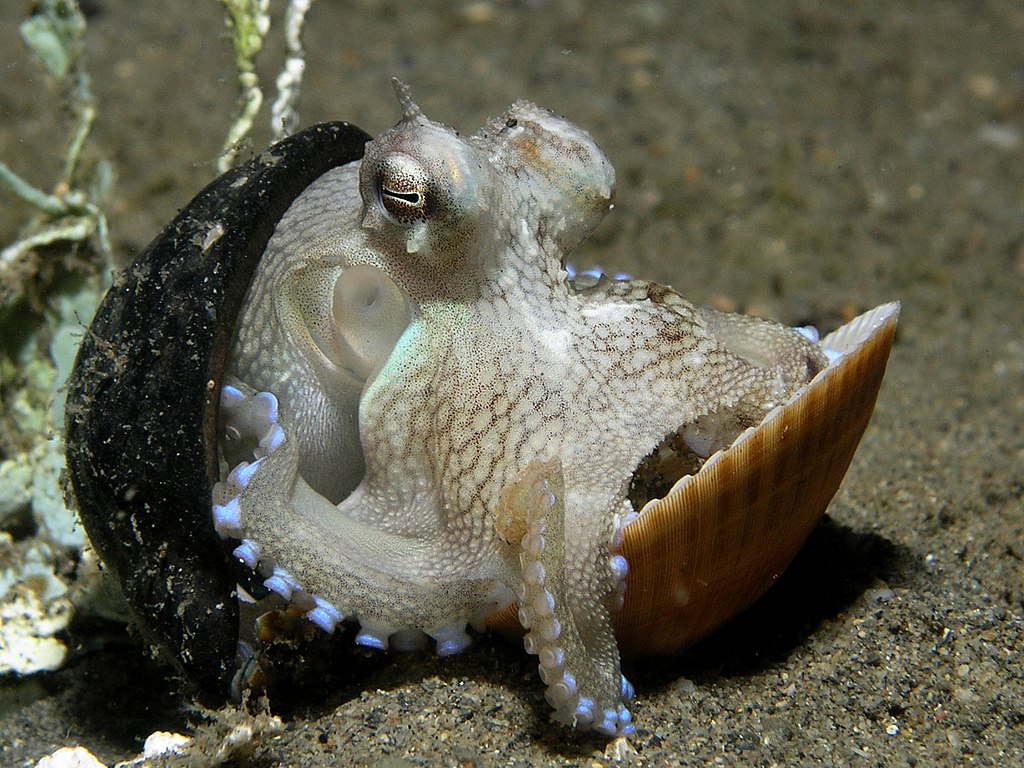I haven't been posting much recently. In part it was due to a visit from the Queen Bee (my mom) and the Fledgling Eagle (my nephew). In part it was because, shortly after they left, The Husband and I flew off to Peru.
This post is about getting to our lodge deep in the Amazon Jungle.
It takes a lot of effort to get to the
Tambopata Research Center (TRC) where we stayed - 3 flights, a bus ride and hours on a boat - but it was an amazing adventure. I'm not going to talk about the flights - they were uneventful, long and mostly boring - so I'll start in Puerto Moldanado, Peru.
We landed at an airport that was so small it only had one gate. It would be hard to get lost here! This is where we meet our guide for the first half of our trip, Fernando. It's always nice at this point in the trip, because all the worry and making sure you get where you need to be and all that is in someone else's hands. He made sure we got on the right bus (a private bus) to the river port of Inferno. Yes, that's right, we went to Hell and Back for our vacation.
There we loaded into our covered canoe (with a motor) and headed upstream.
The Rio Tambopata is an impressive river - very wide but with a strong current. The first half of our boat ride took us past small settlements and papaya farms, gradually getting replaced by lodges. Our final destination, the Tambopata Research Center, is deep in a restricted area; a nearly pristine part of the rainforest. Once we entered this restricted area the river got more challenging, for this stretch we needed a navigator in the front of the boat to make sure we didn't hit a fallen log or a shifted sandbar.
This is also were the wildlife became more common. We saw quite a few waterside bird (the best sighting, for me, were the
capped herons. These are absolutely gorgeous birds.) But I didn't get any photos. It's hard to take good pictures of birds and it's hard to take good pictures from a moving boat. Doing both simultaneously is beyond my skill level.
I WAS able to get some good pictures of a few other, more cooperative animals (including The Husband, above). The boat stopped for a very nice river side capybara who sat still for us.
These are the world's largest rodents, weighing in at 75- 150 pounds! And they are kind of cute. Notice how the mud goes all the way up his legs? Amazon Jungle Mud is seriously deep, boot stealing, muscle straining, clothes staining mud. I've never seen it's equal.
We also got nice looks at a couple of spectacled (or white) caiman.
This one was just laying there so it was relatively easy to photographs (the boat driver stopped but we still had current and rocking of the boat to contend with!).
This caiman was better. At first she was partially hidden by branches on shore but then she moved into the water. Why was she better? The butterflies! [We also saw several turtles who also had butterflies on their faces but didn't stop for them.] The butterflies are taking up salts from the tears of the turtles and caiman. Since this also helps the turtles and caiman by cleaning their faces they tolerate the swarms.
I wouldn't mind a butterfly facial, myself.
The butterflies were one of the most amazing parts of the trip - they were EVERYWHERE. They would cluster in areas on the bank to get salts out of the mud, flit through the forests, everywhere we went we saw them.
Technically this one is a moth, but it's still gorgeous!
[There are over 1280 species of butterflies in the Tambopata Preserve. We didn't even try to identify the ones we saw.]
The Husband asked me why they were choosing these particular spots to gather and I wasn't sure but I did mention that butterflies have been known to gather on areas where animals have peed (and on animal feces) to get salts.
Interestingly these butterflies usually turn out to be male. Scientists think they need the salts to make sperm or that they collect the sodium salt to pass on to females as a "mating gift."
I tried to get The Husband to provide me with a location just outside of our room to test this theory but he wouldn't oblige.
Finally, after two days of traveling, three plane rides and a boat trip, we arrive at the Tambopata Research Center and get to our room.
You can't stay here if you're modest. No back wall, the side walls made of bamboo and the "door" was a curtain. Not your typical 5-star resort, huh?
The downside was made up for it by the welcoming party.
The big focus of research at TRC are the Scarlet Macaws. The facility has hand reared some macaws and released them back into the wild (at best macaws can only raise one chick a season but they will lay 2 or 3 eggs so the facility will sometimes take the second chick and hand raises it to increase the population size). Needless to say these hand raised macaws are not shy around people.
I'll post more about the trip and get back to posting about my garden in the days and weeks to come. I don't have any more trips planned... this month.









































